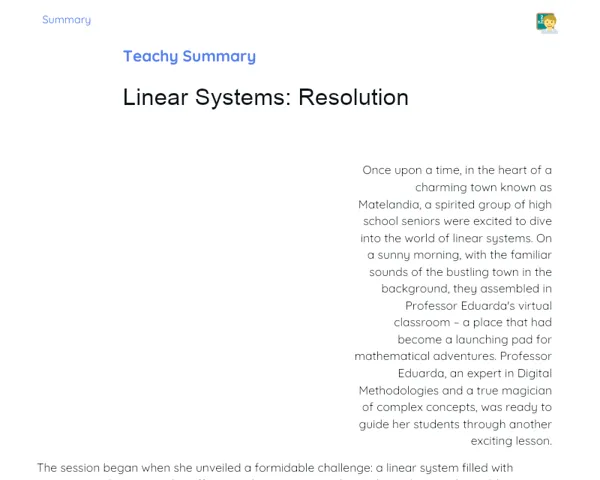Goals
1. Grasp the basic concepts of angle classification.
2. Identify angles as acute, obtuse, or right within geometric figures.
3. Count the number of angles of a specific type in a figure.
Contextualization
Angles play a crucial role in our daily lives, from the design of buildings to the creation of products and even fashion. Being able to classify and comprehend them is vital for solving problems that involve measurements and geometric shapes. For instance, when sketching the floor plan of a house, accurately identifying and utilising various types of angles ensures the construction is safe and practical.
Subject Relevance
To Remember!
Acute Angles
An acute angle measures less than 90 degrees; it is found in various geometric figures and is critical for creating shapes and structures that require finesse.
-
Acute angles are less than 90 degrees.
-
Commonly seen in shapes like triangles and polyhedra.
-
Essential for constructing lightweight and detailed structures.
Right Angles
A right angle measures exactly 90 degrees and is commonly used in construction and product design to ensure stability and symmetry in structures.
-
Right angles measure precisely 90 degrees.
-
Crucial in the building of structures and furniture.
-
Guarantee perpendicularity between lines and surfaces.
Obtuse Angles
An obtuse angle measures more than 90 degrees but less than 180 degrees. It's used in various applications to create broad and spacious designs, ensuring stability in larger structures.
-
Obtuse angles fall between 90 and 180 degrees.
-
Utilised in structures that require wide openings.
-
Important for the strength of substantial constructions.
Practical Applications
-
In construction, right angles are essential for maintaining perpendicularity in walls and floors, which provides stability and safety.
-
In product design, acute angles are frequently employed to achieve precise details in items like jewellery and furniture.
-
In mechanical engineering, obtuse angles are used to craft ramps and other structures that need a gentle and secure incline.
Key Terms
-
Acute Angle: An angle measuring less than 90 degrees.
-
Right Angle: An angle measuring exactly 90 degrees.
-
Obtuse Angle: An angle measuring more than 90 degrees but less than 180 degrees.
Questions for Reflections
-
How does accurately identifying angles impact the safety of a construction project?
-
In what ways are angles employed in product design to enhance functionality and style?
-
What challenges did you encounter while classifying angles during the practical activity, and how did you address them?
Designing a House
Create a floor plan for a house, identifying and classifying the angles found in each room.
Instructions
-
On a piece of paper, sketch the floor plan of a simple house, including at least three rooms (living room, kitchen, and one bedroom).
-
Use a ruler to keep the lines straight.
-
With a protractor, measure the angles formed between the walls in each room.
-
Classify each angle as acute, obtuse, or right.
-
Label your drawing to indicate the classification of each angle.



